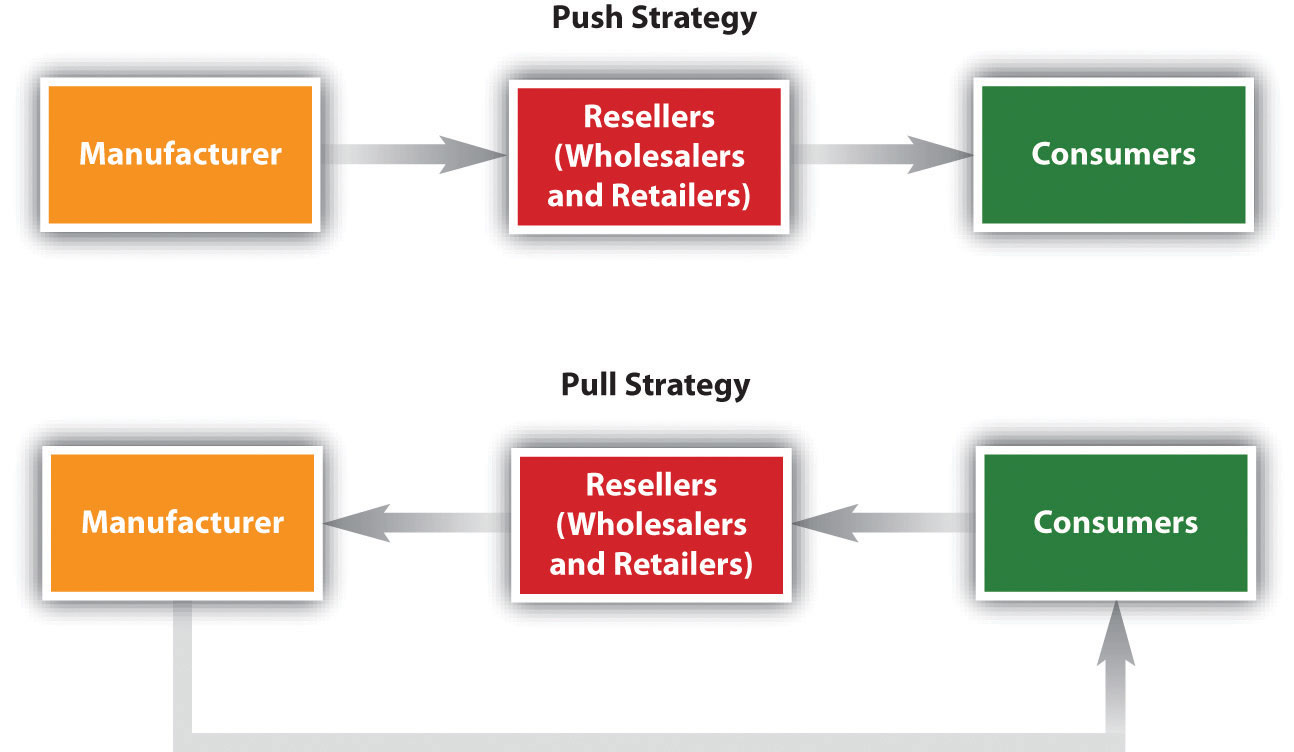Developing an Annual Marketing Plan and Marketing Strategy
hotel Marketing organizations Balaji Nagar Pune
Fulcrum Marketing is a strategic hotel Marketing organizations Balaji Nagar Pune. Our team of marketing consultants also specialise in marketing planning and hotel Marketing for all types of business of any size.
communication and hotel Marketing management
Effective communication and advertising management is important to not only correctly identify a target audience, but also to reach this audience efficiently through different information channels. There are many benefits of successfully managing these marketing communications, including, but not limited to:
- A higher Return on Investment (ROI)
- Reaching more of your target audience
- Reduced costs for hotel Marketing
- Types of market segmentation:
- Demographic segmentation: gender, age, income, education, occupation
- Geographic segmentation: city, state, country
- Psychographic segmentation: attitudes, values, attitudes, lifestyle
- Behavioural segmentation: purchasing patterns, loyalty status
Implementing a hotel Marketing Strategy
Implementing a Marketing Strategy Execution Plan, known to Fulcrum and our clients as a “Sprint Plan” is the most effective way to prevent this highway-less journey , hotel Marketing organizations Balaji Nagar Pune. A Marketing Strategy is a set of strategic goal-focused plans for a certain period of time.
hotel Marketing Strategy and Planning
Implement your marketing plan
Your marketing plan must do more than just say what you want to happen. It must describe each step required to make sure that it happens.
Schedule
The plan should include a schedule of key tasks. This sets out what will be done, and by when. Refer to the schedule as often as possible to avoid losing sight of your objectives under the daily workload.
Team And Resources
It should also assess what resources you need. For example, you might need to think about what brochures you need, and whether they need to be available for distribution. You might also need to look at how much time it takes to sell to customers and whether you have enough salespeople.
Cost
The cost of everything in the plan needs to be included in a budget. If your finances are limited, your plan will need to take that into account. Don’t spread your marketing activities too thinly – it is better to concentrate your resources to make the most of your budget. You may also want to link your marketing budget to your sales forecast.
Control
As well as setting out the schedule, the plan needs to say how it will be controlled. You need an individual who takes responsibility for pushing things along. A good schedule and budget should make it easy to monitor progress. When things fall behind schedule, or costs overrun, you need to be ready to do something about it and to adapt your plan accordingly.
Marketing Execution – Plan, Execute, Track, Measure
Everyone likes to talk about creating a marketing plan. It’s the fun part of marketing, the creative aspect of your planning process and hotel Marketing organizations Balaji Nagar Pune. But strategy without execution won’t help your business succeed. In fact, marketing execution is how you achieve results.
Create your marketing strategyDecide how to market your product or service to potential customers by developing a marketing strategy that positions your product to particular customers | Write a marketing execution planHow to identify your objectives and write a plan that will help your marketing generate sales, including tactics and objectives |
Marketing on a tight budgetHow to get the most out of a small or limited marketing budget using cost-effective marketing methods such as Public Relations and online marketing | Marketing your business in PuneHow to market your business effectively in pune including researching your target audience and establishing new contacts Balaji Nagar Pune |
![]()
hotel Marketing organizations Balaji Nagar PuneGet in touch with us, we would love to discuss your marketing needs.We love a good coffee and a challenge, so would behappy to meet up with you face to face.Marketing Company in PuneCall Us :-08433772261 | Balaji Nagar Pune |
B2B Marketing:Fulcrum is a magnet for businesses with well-defined goals and a desire to harness the latest advantages that marketing and technology can offer. | Face To Face Marketing :face to face field marketing is also called personal selling or door to door marketing, customers are met directly in order to sell their products, using this method of field marketing. | Product Sampling :Fulcrum are a highly recommended provider of product sampling staff. We specialise in the implementation of sampling campaigns using our in house sampling team and logistical know-how. |
Dealer Marketing:Dealer marketing is of utmost importance for the success of any brand. For most brands, dealers, distributors and resellers are critical links to success. | Direct Marketing:we can help with everything from planning and design to production and delivery ensuring your direct marketing campaigns are delivered on time to the highest quality. | Guerrilla Marketing:When it comes to guerrilla marketing the gloves are off. They are usually low budget campaigns but with the right imagination and ideas they offer up some unprecedented results |
Retail Marketing:Fulcrum is a dynamic-retail marketing agency born in tradition, fueled by innovation, and living at the intersection of commerce and imagination. | Direct Selling :Much like product demonstrations these campaigns have brand reps or ambassadors at the center of them. The difference is it’s more about the selling of the product | Retail Audits & Merchandising: Auditing takes the reps out off the front line and away from the consumer. Auditing teams are used by marketers to monitor traditional marketing strategies that they put in place across retail. |
Door To Door Marketing :Nothing beats the reality that one gets when you can interact with potential clients face to face physically moving from door to door within a community or household to household, | Product Demonstrations:As mentioned already, demo days are a popular tool of field marketing. These campaigns can stretch from as little as one week to 6 months however some are continuous and full time. | Street Marketing:We will still need to spend time interacting with people, face-to-face, Street Marketing. Personal interaction is what makes the world go around |
hotel Marketing
hotel Marketing organizations Balaji Nagar Pune
The team at Fulcrum has delivering successful Shopping Centre Marketing Campaigns across a wide range of shopping centres and retail complexes. From major retail locations to local community focused shopping centres; we have secured real, measurable results across the board.
Marketing Plan and Marketing Strategy
hotel Marketing | hotel Marketing organizations Balaji Nagar Pune
Balaji Nagar , Pune
Overview
Overview
Balaji Nagar is a well-known neighborhood of Pune. Several educational institutes, entertainment centers are located in and around the area, which makes living here extremely convenient. The presence of well-equipped healthcare centers and hospitals in close proximity makes the Balaji Nagar one of the sought-after residential destinations in Pune. The presence of basic amenities and other facilities has made the home seekers look for properties for sale in Balaji Nagar.
Connectivity in Balaji Nagar
Commutation is hassle free for the residents of this locality. The Balaji Nagar is well connected to different parts of Pune through excellent road connectivity and bus services. The railways station and inter/ intra city bus station are just a few kilometers away from the Balaji Nagar. With state and other local buses, travelling to nearby locations is very convenient. Good connectivity is one of the major reasons why demand for property in Balaji Nagar is increasing rapidly.
Real estate in Balaji Nagar
In the last few months, the Balaji Nagar has witnessed prolific and exponential growth and it has now turned out to be one of the most proffered residential hubs in the Pune. Smooth connectivity is one of the major reasons for the increase in demand for property in Balaji Nagar. The rapid pace of development is attracting many builders to purchase plots in Balaji Nagar so that they can construct affordable houses for the home seekers.
|


